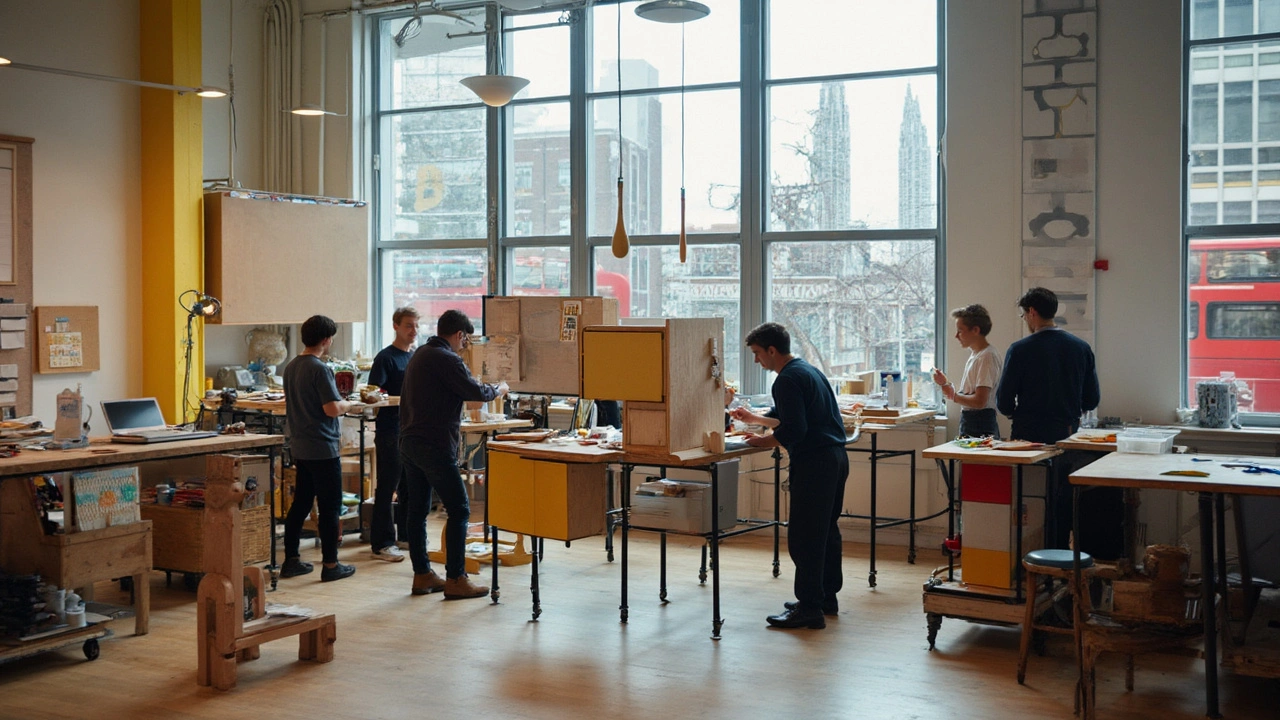Functional Minimalism: Simple Design that Works
Ever wonder why a clean room feels calmer or why a sleek chair looks better than a bulky one? That's functional minimalism at play – design that strips away the extra so the useful parts shine. It’s not about being cold or boring; it’s about letting each element do its job without distraction.
What is Functional Minimalism?
Functional minimalism blends two ideas: keep things simple, and make sure they work well. Think of the Bauhaus movement – it taught designers to merge art with everyday objects. A Bauhaus chair isn’t just pretty; its shape supports your back while using as little material as possible. The same rule shows up in modern home décor articles that suggest bold, avant‑garde pieces but still focus on comfort and practicality.
In visual arts, functional minimalism appears when artists use limited colors or shapes to convey a strong message. Photorealism, for example, can be reduced to just a few precise strokes that still look like a photograph. The goal is always the same: fewer elements, clearer purpose.
How to Bring Functional Minimalism Into Your Space
Start with what you already have. Pick one piece of furniture and ask if it serves a clear function. If a table has extra drawers you never use, consider removing them or swapping the piece for a sleeker option. The idea is not to throw things away but to make each item count.
Next, choose a neutral palette – whites, grays, and natural wood tones work well because they don’t compete with the object’s purpose. Add a single accent color only when you want to draw attention, like a bright vase on a plain shelf.
Look at lighting, too. Simple pendant lights or floor lamps that provide even illumination are better than decorative chandeliers that add clutter without improving visibility. Good light makes a room feel larger and lets functional pieces stand out.
If you’re into art, hang one large statement piece rather than a wall full of small prints. A bold Bauhaus poster or an abstract expressionist canvas can become the focal point while keeping other walls clean. This mirrors how minimalist designers use a single graphic element to anchor a whole layout.
Finally, keep surfaces clear. A tidy desk not only looks sleek but also boosts productivity – that’s functional minimalism in action. Use hidden storage like drawer organizers or floating shelves so the floor stays open and easy to move around.
By following these steps, you’ll create spaces that feel light, organized, and genuinely useful. The beauty of functional minimalism is that it never feels outdated; it adapts as your needs change, staying both stylish and practical.

